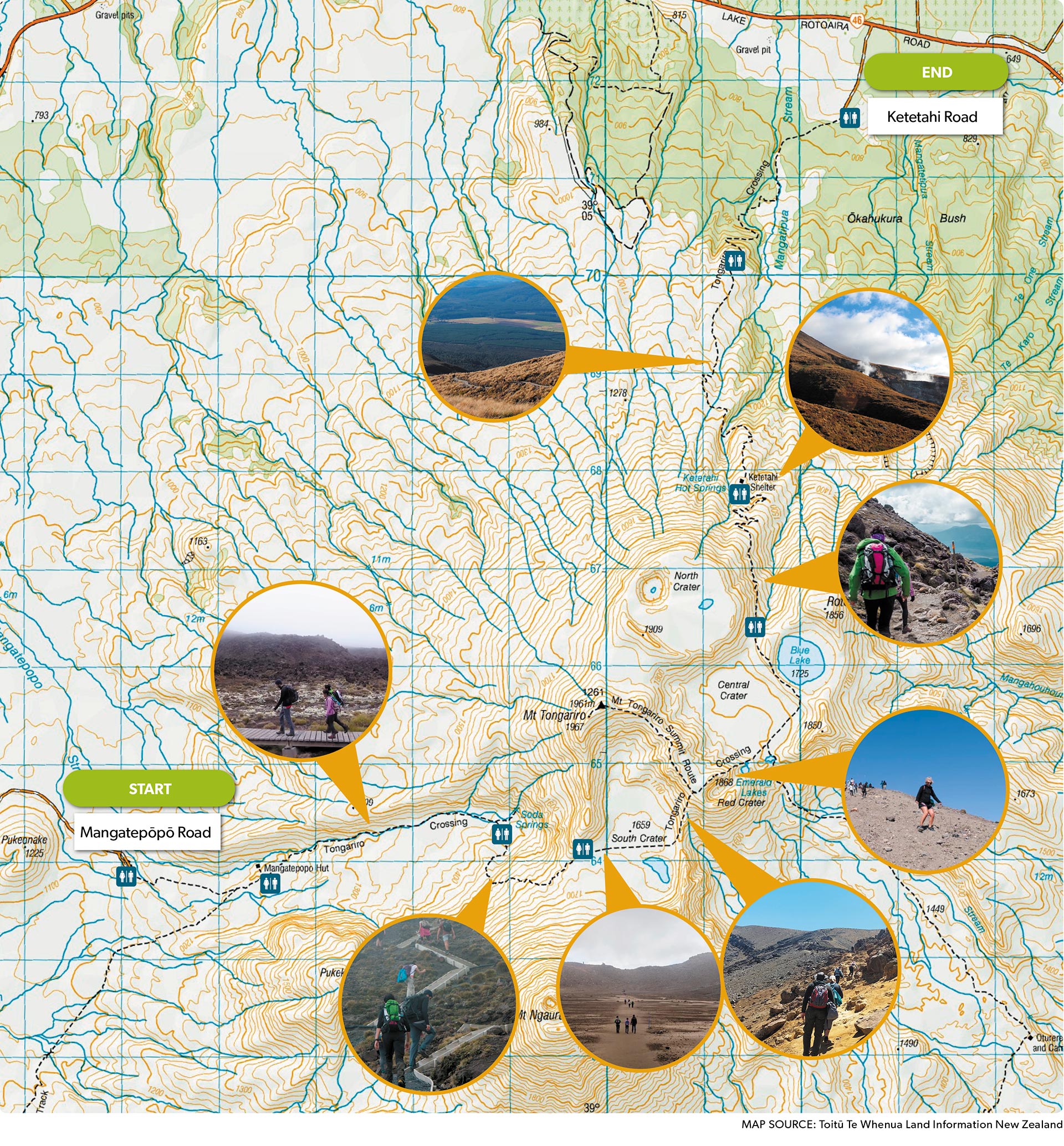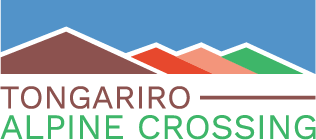Find the answers to all the essential questions about the Tongariro Alpine Crossing.
Not Quite Sure About Something?
Q. Do I need a booking?
A. As of October 2024, bookings are needed for all visitors to the Tongariro Alpine Crossing. Booking can be made through an online booking system. There is no cost for bookings during the 2024 / For 2025 season. we will provide an update once we have confirmation from Department of Conservation.
Q. Do I need a shuttle?
A. Yes - it is recommended to catch a shuttle with a licensed operator from the nearby townships such asTongariro National Park Village & Whakapapa Village. See here for a list of operators.
Q. Is there parking at the track?
A. Visitors are strongly recommended to not park their vehicles at either end of the Tongariro Alpine Crossing but park and ride with licensed shuttle operators from the nearby townships such as National Park Village & Whakapapa Village. There is a 4-hour parking restriction in place at both the Mangatepopo and Ketetahi road ends during the peak season (mid-October to May) to allow for those doing shorter walks.
Q. Is there water on the track?
A. It is recommended that you carry all the water you will need for the day (minimum 2 litres per person). You will need more on a hot summer's day.
Q. Can you do the Tongariro Alpine Crossing in winter?
A. Yes, you can complete the Tongariro Alpine Crossing in winter (May to October). However, it is important that you are prepared for an extreme alpine environment, have winter gear including crampons and ice axe, be prepared for extreme weather (severe wind and snow), and be avalanche aware.
Please read the "Winter Experience" and "Be Prepared For Changes In The Weather" part of this website for more information on winter treks. Experienced guides are available to guide you in winter. Taking on the Tongariro Alpine Crossing in winter can be a very enjoyable and memorable alpine experience if you are prepared.
Q. How fit do I have to be?
A. The true answer is fit enough. A moderate to good level of fitness is required. It is a 20.4km walk which starts with a staged climb to Red Crater.
You will be climbing nearly 800m in altitude to 1900m above sea level and as a result you may feel the effects of oxygen deficiency (hard to breathe, slight dizziness). This is not common but needs to be considered. the descent from Red Crater requires some co-ordination and balance due to the volcanic ash and scree underfoot. From this point you will be descending just over 1000m in altitude most of which is a good steady gradient.
At all times you should consider the possibility that if you do not feel you can do it, turn back!
It is better to return to the start (if you have not already passed the Red Crater) than to try and continue and be caught out in the dark and require rescue.
Q. How long does it take to complete the Tongariro Alpine Crossing?
A. The Tongariro Alpine Crossing is 20.4km long. On average the trek takes between six and eight hours to complete.
Q. What is the current volcanic activity?
A. Visit GeoNet before you make the decision to go on the trek.
Q. What is the weather doing?
A. Visit NiwaWeather before you make the decision to go on the trek.
If the forecast is for winds 60km/h or more the trip is not recommended. Also if the forecast is for rain or snow you must be appropriately dressed for the conditions and have sufficient food, water, equipment and even shelter in case you get caught out up there.



